Species Photo Gallery for Hadrophallus bubalus No Common Name 19 |
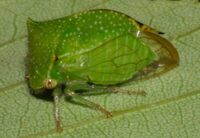 | Photo by: Scott Bolick
Forsyth Co.
Comment: |  | Photo by: Rob Van Epps
Mecklenburg Co.
Comment: |
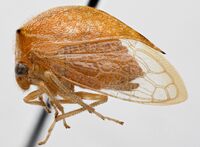 | Photo by: L.L. Deitz
Transylvania Co.
Comment: caught sweepingrnUDCC_TCN 00006707; male det. M.J. Rothschild | 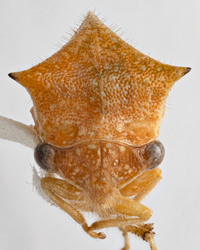 | Photo by: L.L. Deitz
Transylvania Co.
Comment: caught sweepingrnUDCC_TCN 00006707; male det. M.J. Rothschild |
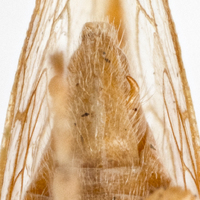 | Photo by: L.L. Deitz
Transylvania Co.
Comment: caught sweepingrnUDCC_TCN 00006707; male det. M.J. Rothschild | 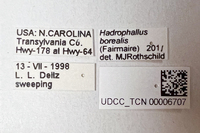 | Photo by: L.L. Deitz
Transylvania Co.
Comment: caught sweepingrnUDCC_TCN 00006707; male det. M.J. Rothschild |
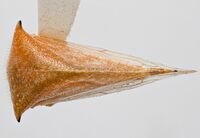 | Photo by: L.L. Deitz
Transylvania Co.
Comment: caught sweepingrnUDCC_TCN 00006707; male det. M.J. Rothschild | 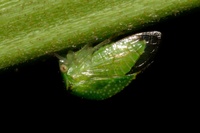 | Photo by: Scott Bolick
Forsyth Co.
Comment: |
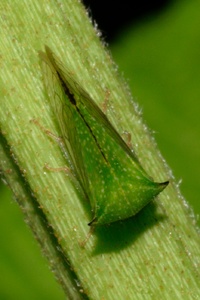 | Photo by: Scott Bolick
Forsyth Co.
Comment: | 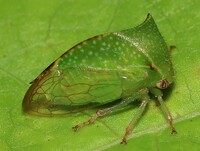 | Photo by: Rob Van Epps
Mecklenburg Co.
Comment: |
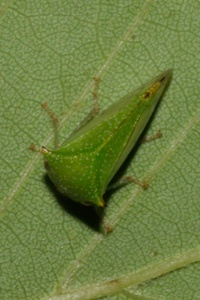 | Photo by: Scott Bolick
Forsyth Co.
Comment: | 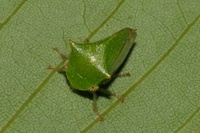 | Photo by: Scott Bolick
Forsyth Co.
Comment: |
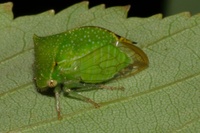 | Photo by: Scott Bolick
Forsyth Co.
Comment: |  | Photo by: Scott Bolick
Forsyth Co.
Comment: |
 | Photo by: Scott Bolick
Forsyth Co.
Comment: |  | Photo by: Scott Bolick
Forsyth Co.
Comment: |
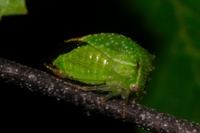 | Photo by: Scott Bolick
Forsyth Co.
Comment: | 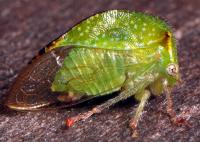 | Photo by: Ken Childs
Out Of State Co.
Comment: |
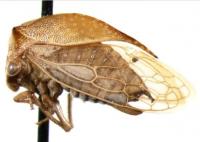 | Photo by: Matthew S. Wallace
Out Of State Co.
Comment: |

 »
»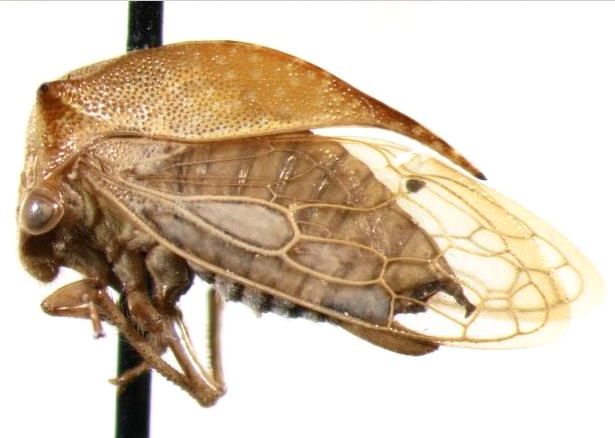
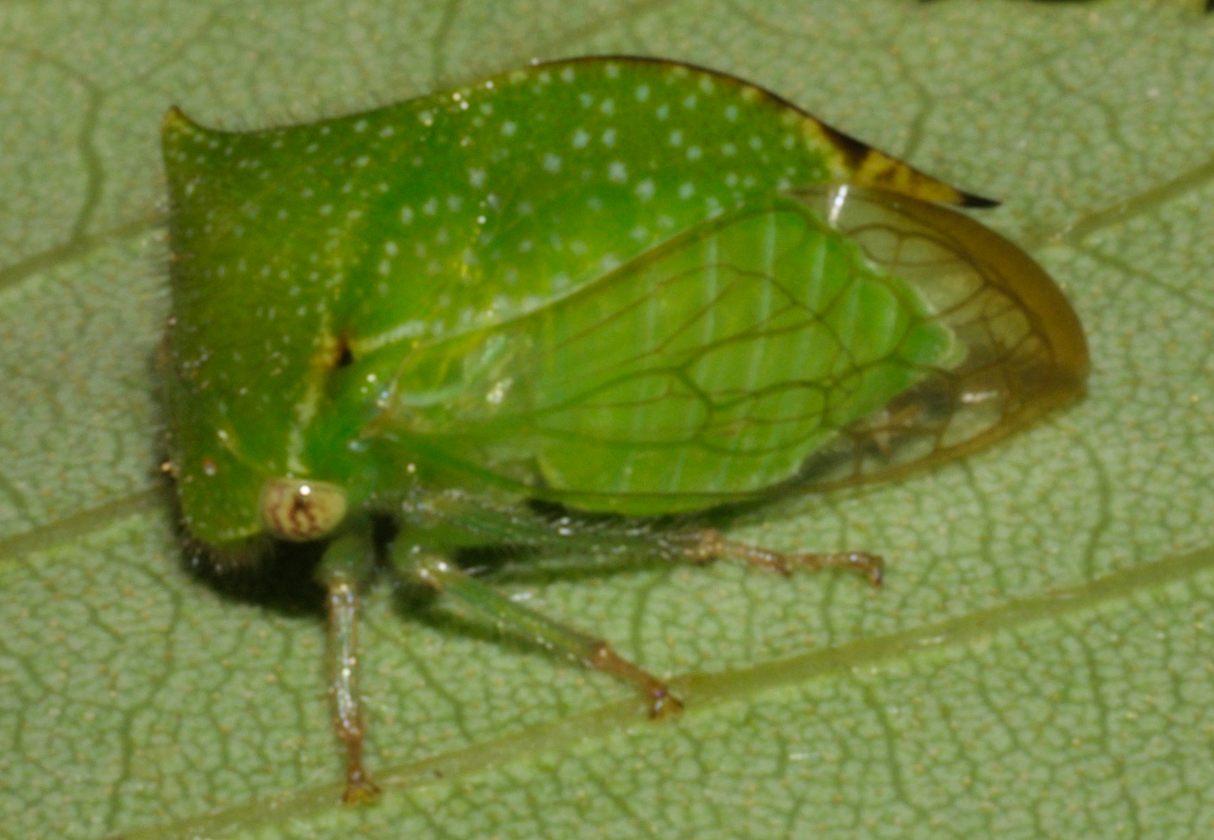
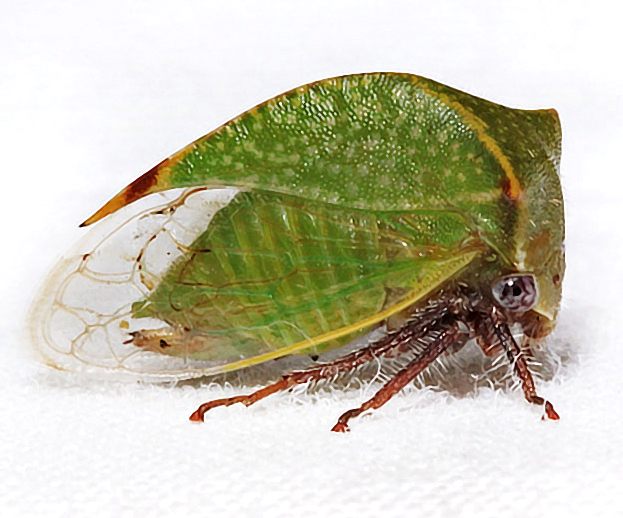
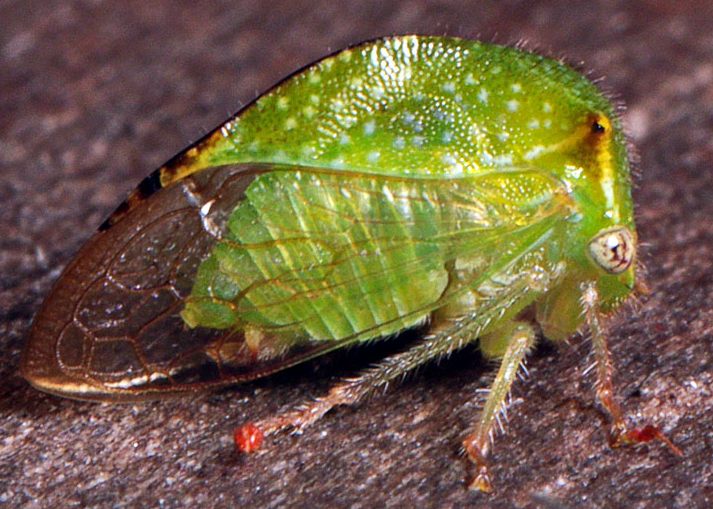

 »
»


